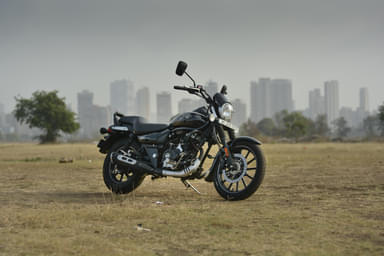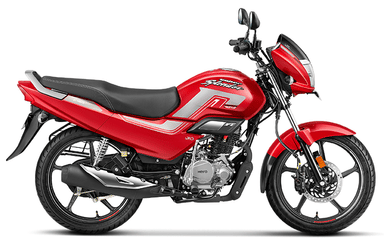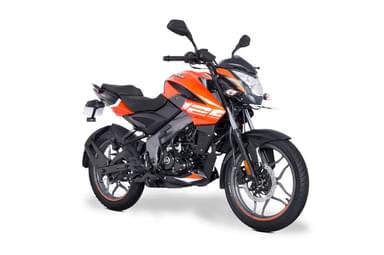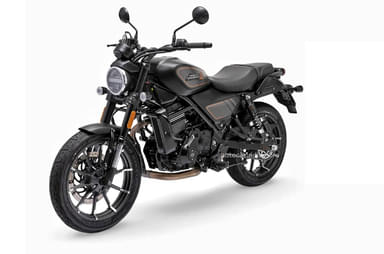
Last Updated on: 29 Sep 2025
Bajaj Avenger Street 160
The Bajaj Avenger Street 160 blends efficiency and style, offering a mileage of that makes it a reliable option for riders. It was officially launched on April 2, 2020. With just one variant on sale, the Bajaj Avenger Street 160 is priced at ₹1.01 lakh ex-showroom, while the on-road price changes depending on the region.
The Avenger Street 160 is available in 2 attractive shades, including Ebony Black, Spicy Red, giving buyers a range of options.
Bajaj Avenger Street 160 Features and specifications
Our Rating | Yet to be Reviewed |
Body Type | Bike |
Mileage | 47.2 kmpl |
Engine | 160 cc |
Fuel Type | Petrol |
Transmission | Manual |
Max Power | 14.6 bhp @ 8,500 |
Max Torque | 13.7 Nm @ 7,000 |
Bajaj Avenger Street 160 price & variants
The Bajaj Avenger Street 160 comes in just one variant and is priced at ₹1.01 lakh (ex-showroom). The Avenger Street 160 on road price will vary depending on RTO, insurance, and other factors.
Bajaj Avenger Street 160 reviews

Bajaj Avenger Street 160 comparison























Bajaj Avenger Street 160 mileage
The Bajaj Avenger Street 160 provides a claimed mileage of 47.2 kmpl, making it practical for city traffic as well as occasional highway rides.
| Fuel type | Displacement | Transmission | Mileage |
|---|---|---|---|
| Petrol | 160 cc | Manual | 47.2 kmpl |
Bajaj Avenger Street 160 Images
A total of 29 images are available for the Bajaj Avenger Street 160, covering its design, finish, and key features.
Bajaj Avenger Street 160 Colours
Riders can select from 2 available colors for the Bajaj Avenger Street 160, such as Ebony Black, Spicy Red.
Bajaj Avenger Street 160 FAQs
Upcoming Bikes
Bajaj Bikes
Trending Bikes


























































